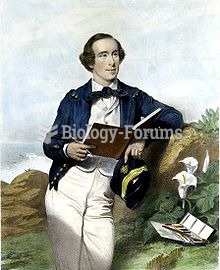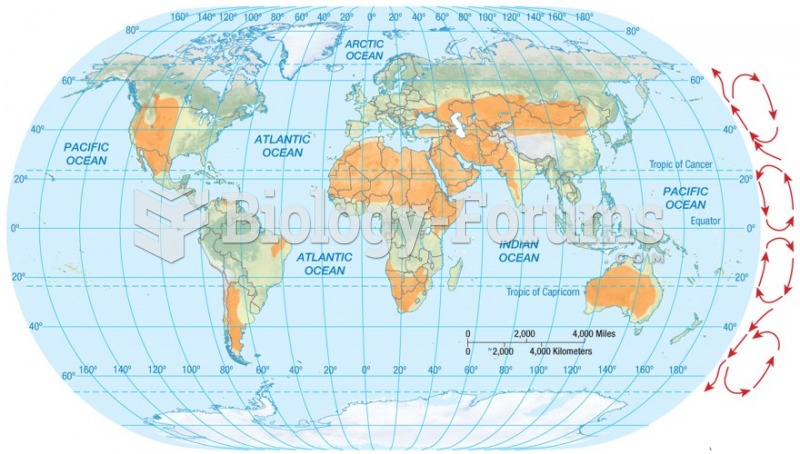Answer to Question 1
In 1945, immediately following World War II, a movement called
neorealism sprang up in Italy and gradually influenced directors all over the world.
Spearheaded by Roberto Rossellini and Vittorio De Sica, two of Bazin's favorite
filmmakers, neorealism de-emphasized editing. The directors favored deep-focus
photography, long shots, lengthy takes, and an austere restraint in the use of closeups.
When asked why he de-emphasized editing, Rossellini replied: Things are there,
why manipulate them? This statement might well serve as Bazin's theoretical credo.
He deeply admired Rossellini's openness to multiple interpretations, his refusal to
diminish reality by making it serve an ideological thesis. Neorealism by definition
rejects analysis, whether political, moral, psychological, logical, or social, of the
characters and their actions, Bazin pointed out. It looks on reality as a whole, not
incomprehensible, certainly, but inescapably one.
Answer to Question 2
Classical cutting involves editing for dramatic intensity and emotional
emphasis rather than for purely physical reasons. Through the use of the close-up
within the scene, D.W. Griffith managed to achieve a dramatic impact that was
unprecedented. Close-ups had been used earlier, but Griffith was the first to use them
for psychological rather than physical reasons alone. Audiences were now permitted
to see the smallest details of an actor's face. No longer were performers required to
flail their arms and tear their hair. The slightest arch of an eyebrow could convey a
multitude of subtleties.







